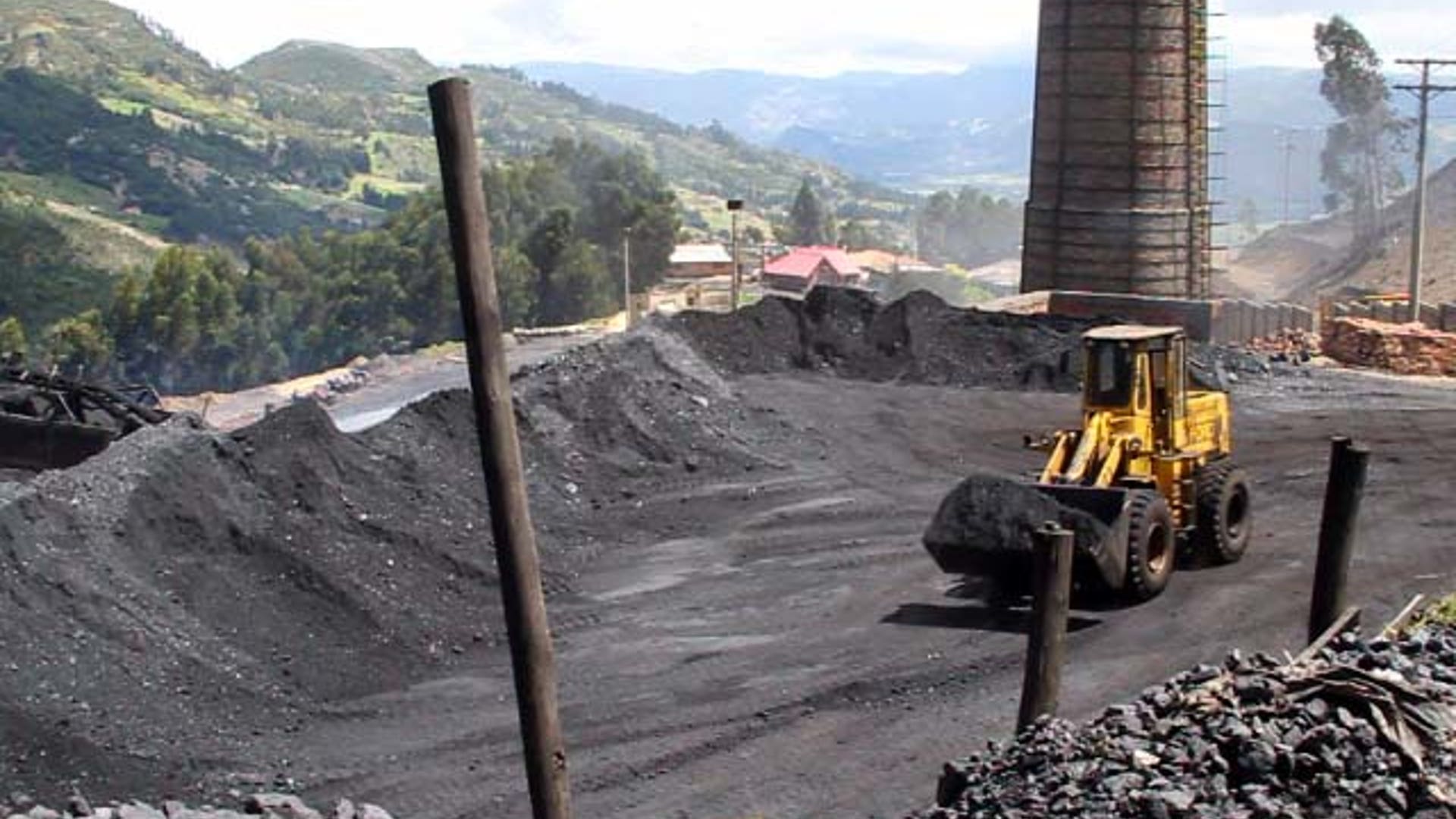Move Back
ADVERTISEMENT
Skip- Published12 Images
Páramos: An Ecosystem under Siege
The páramos, a unique highland ecosystem, has been described as the “water factory” of the Andes. But rampant, and sometimes illegal, coal mining is putting it in danger.
![Garzon1]()
![BR_Rabanal16]()
![BR_Rabanal11]()
![BR_Rabanal10]()
![BR_Cogua37]()
![BR_Cogua56]()
![Frailejones]()
![BR_Cogua59]()
![BR_Samaca4]()
![BR_Samaca14]()
![BR_Samaca18]() Colombia is Latin America’s principal coal producer. However, the coal is not a crucial part of Colombia’s energetic diet. 70% of Colombia´s energy comes from hydropower plants, moved precisely by the force of the water that runs down the mountain from this threatened páramos.read moreAnna-Katarina GravgaardShare
Colombia is Latin America’s principal coal producer. However, the coal is not a crucial part of Colombia’s energetic diet. 70% of Colombia´s energy comes from hydropower plants, moved precisely by the force of the water that runs down the mountain from this threatened páramos.read moreAnna-Katarina GravgaardShare![BR_Samaca5]()
- Published12 Images
Páramos: An Ecosystem under Siege
The páramos, a unique highland ecosystem, has been described as the “water factory” of the Andes. But rampant, and sometimes illegal, coal mining is putting it in danger.
Move Forward
- Páramos: An Ecosystem under Siege












Thumbnail View
Image 0 of 12











